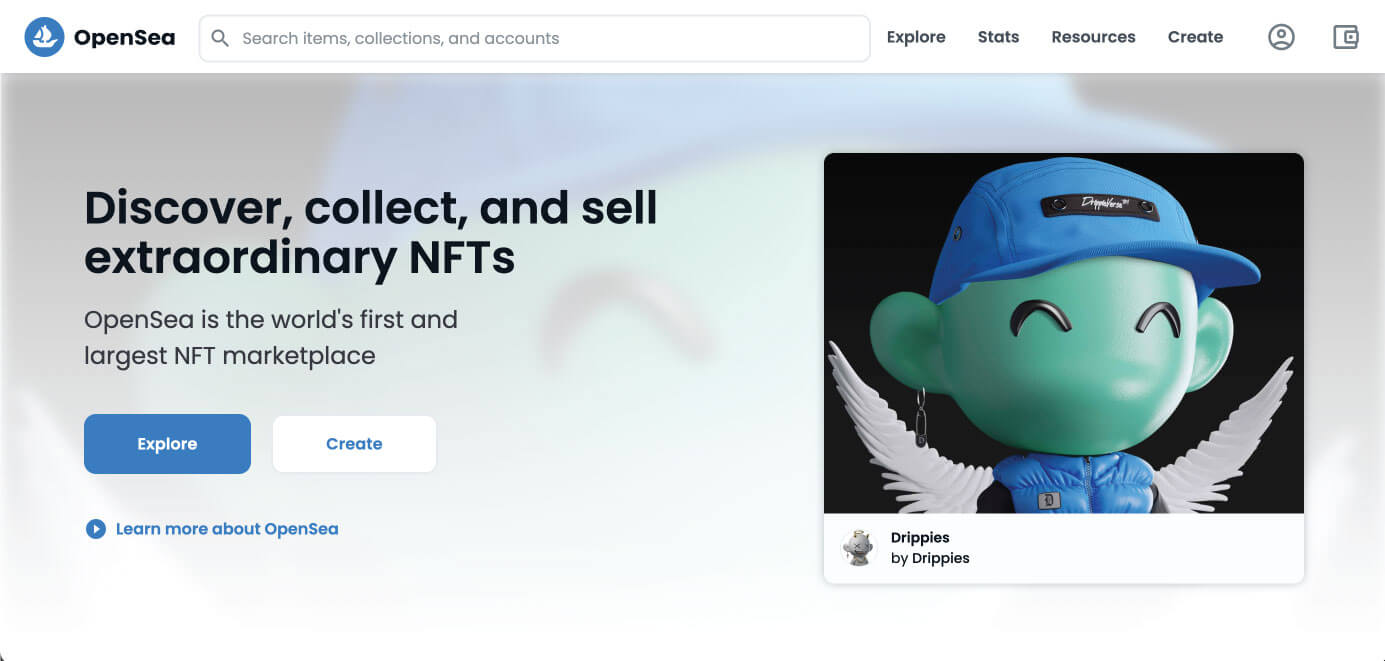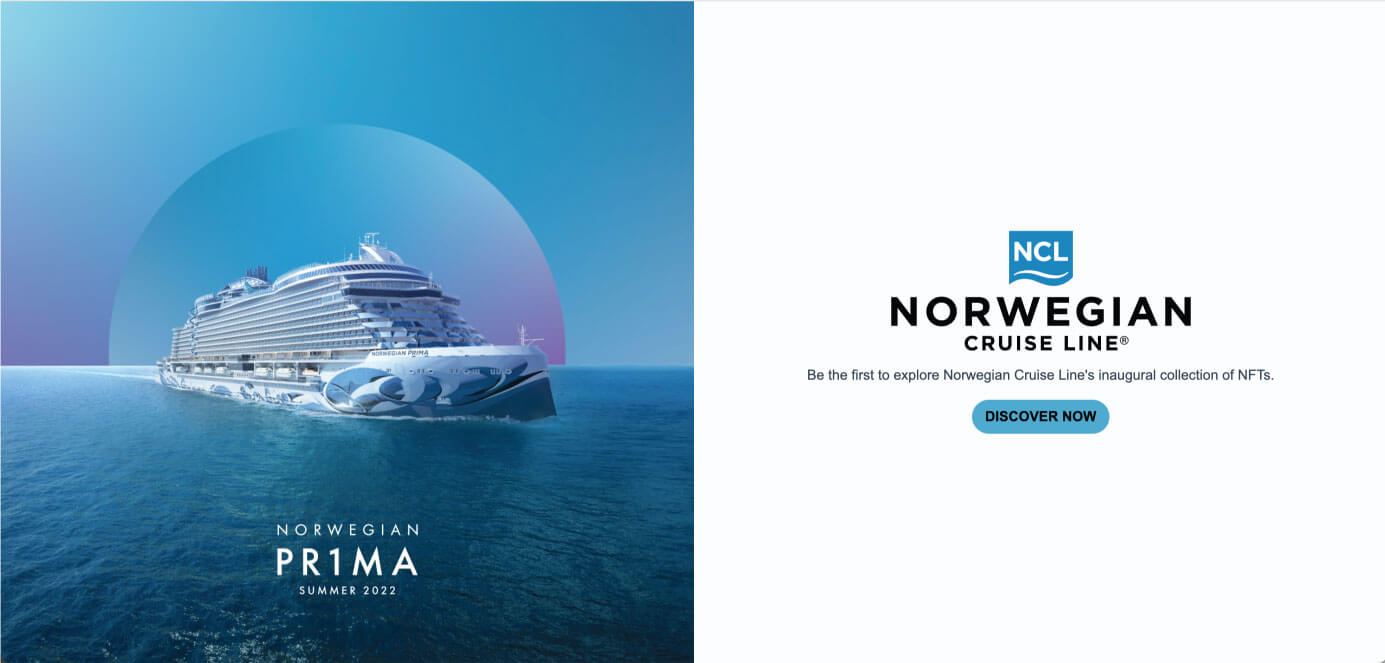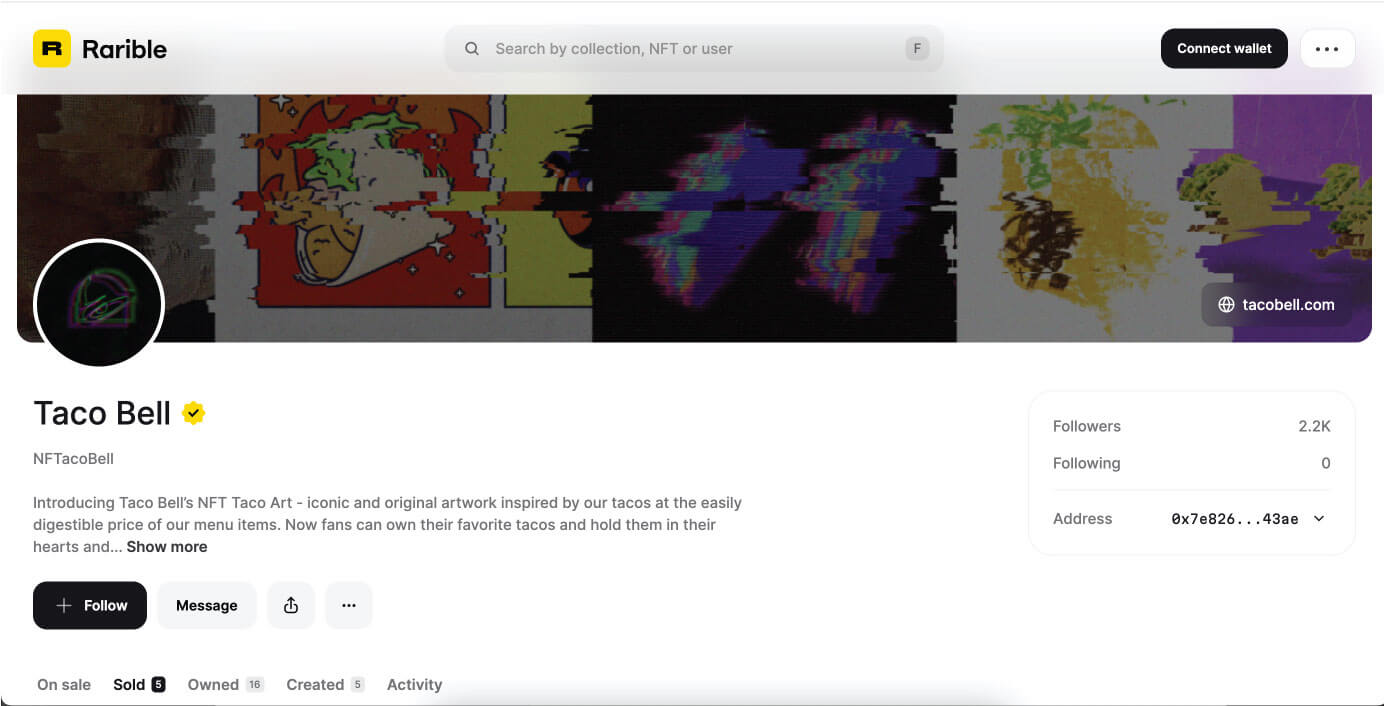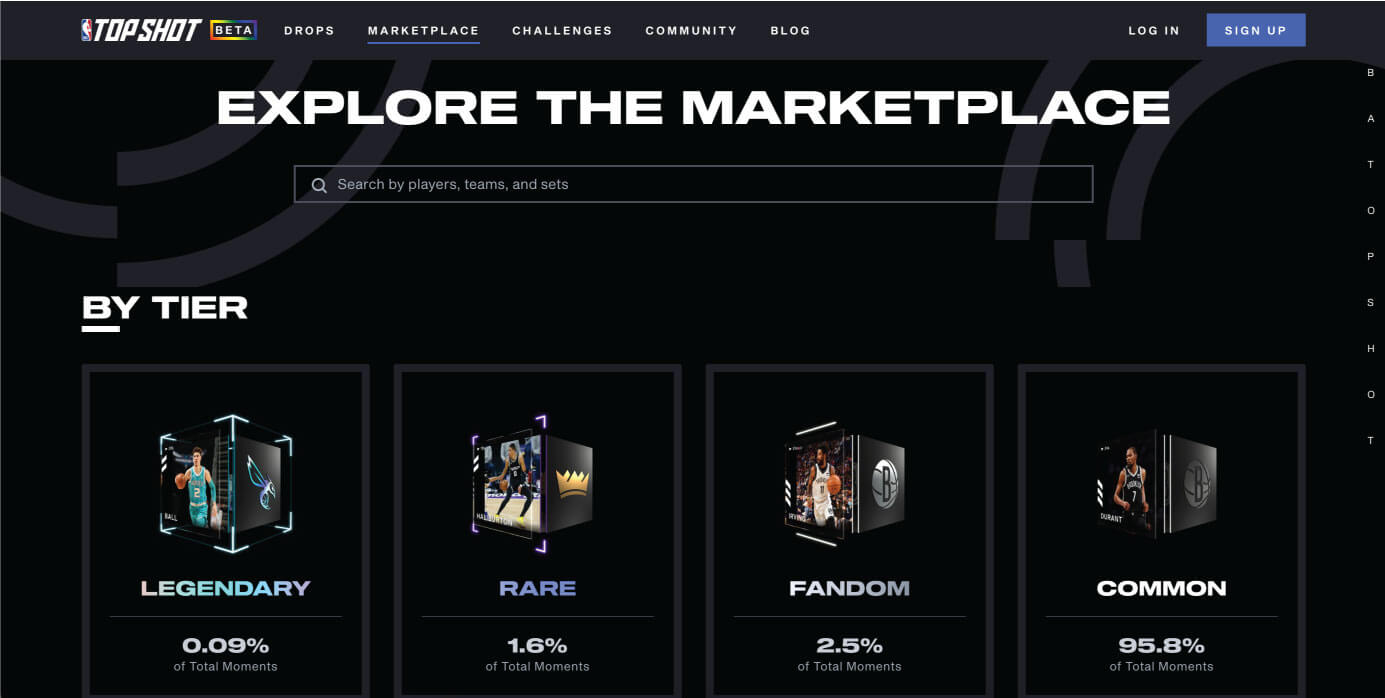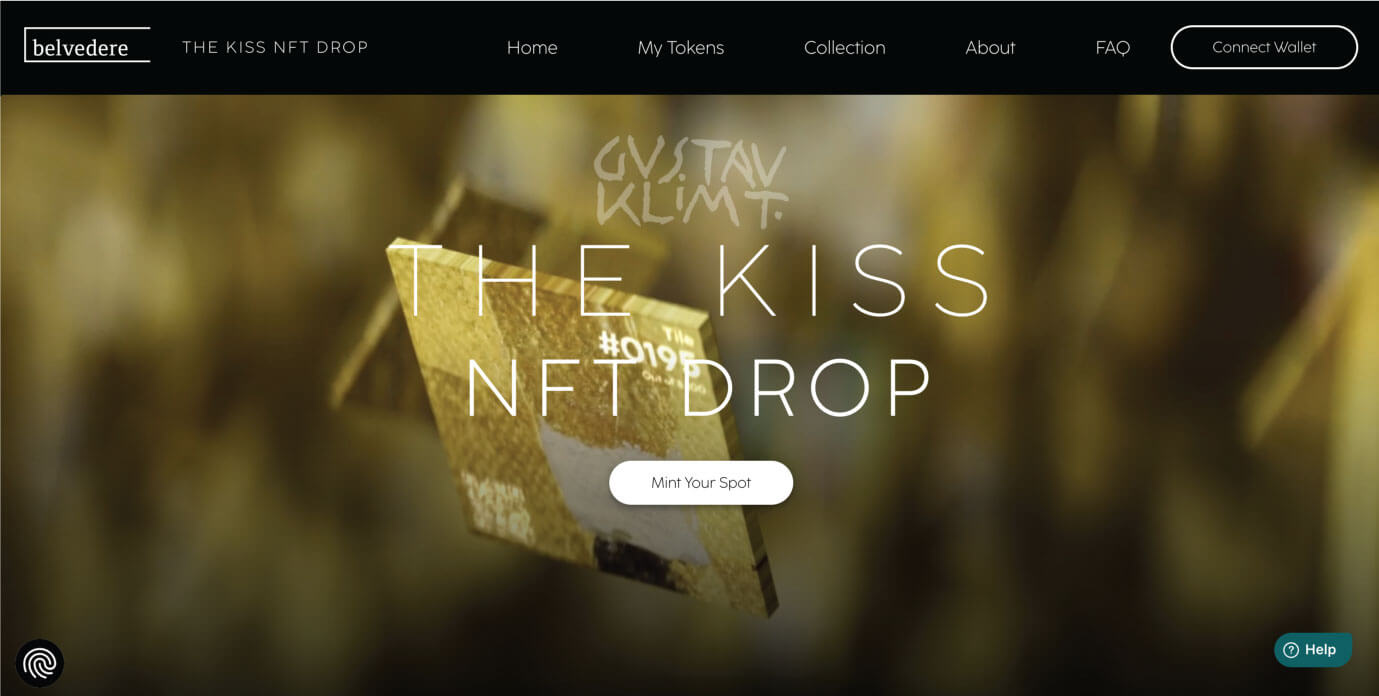Decoding NFTs for Marketing
Imagine a one-of-a-kind, digital version of the Mona Lisa. Would you pay millions of dollars for it?
If the phrases ‘Bored Ape Yacht Club’ or ‘CryptoPunks’ sound familiar, you may have heard of NFTs.
NFTs are often associated with tales of obscure digital assets being sold for exorbitant amounts.
(If you haven’t heard of NFTs, that’s okay too).
Here’s a quick breakdown of what they are, and how companies are starting to take advantage of this technology in their marketing mix.
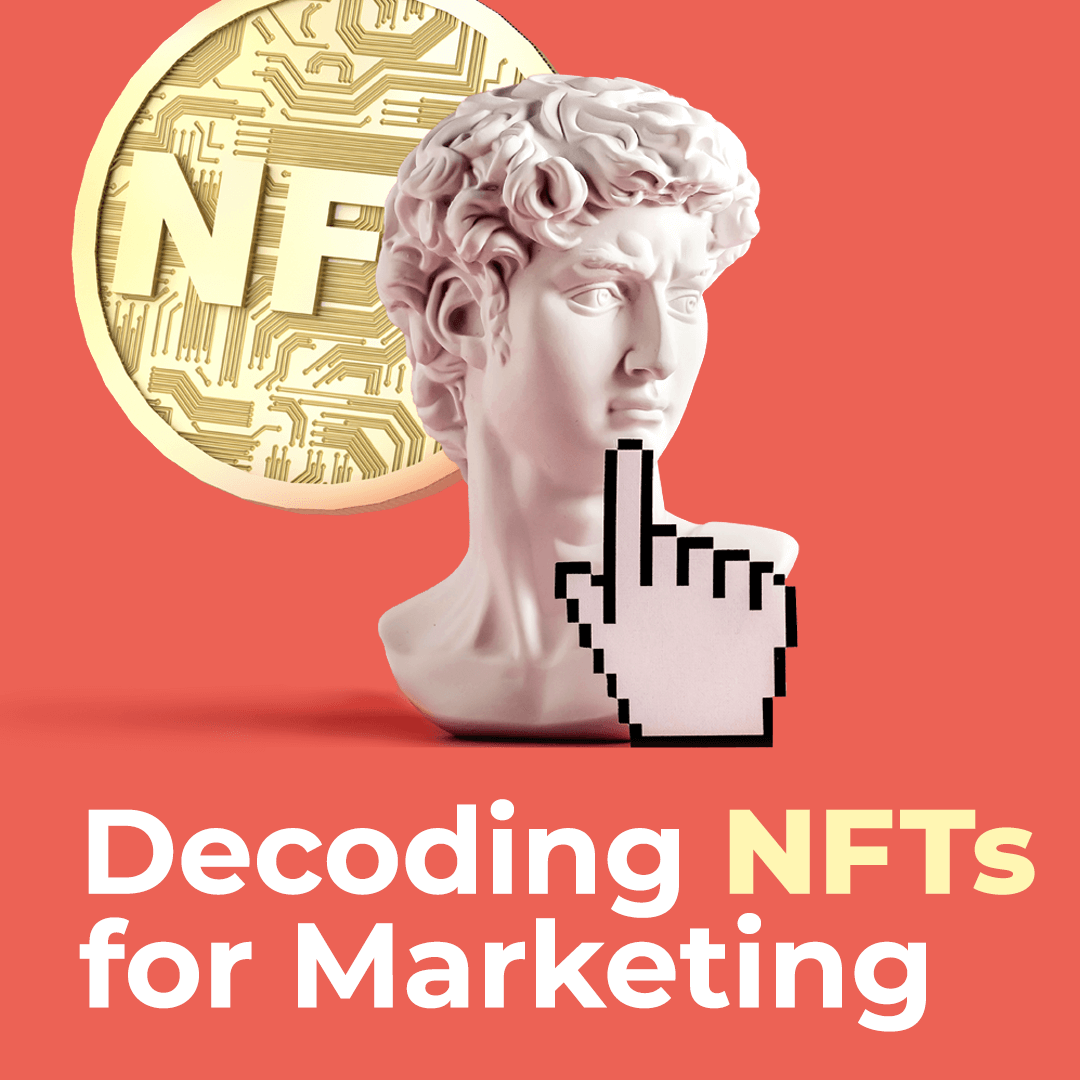
Fungible vs. Non-Fungible
NFT stands for “non-fungible token.” To unpack that, we have to start with the difference between something that’s fungible and something that’s non-fungible.
Fungible: “capable of being used in place of another; capable of being replaced,” 1818, a word in law originally, from Medieval Latin fungibilis, from Latin fungi “perform”.
One of the easiest examples of something that’s fungible is traditional currency.
Think about a dollar bill. That dollar bill can be traded and exchanged. There are lots of them out there – all valued the same.

So then, what are NFTs? Non-fungible tokens (NFTs) are one-of-a-kind digital assets that can be bought or sold.
They reside on the blockchain and are transacted on marketplaces such as OpenSea, Rarible, and Foundation that are built to handle blockchain transactions.
Image Source: OpenSea
Think of NFTs as digital trading cards.
Each piece is one-of-a-kind, has its own unique token, and is of speculative value.
Unlike physical trading cards, however, because they live on blockchains (more on this in a minute), their exchange history is always public.
Starting to feel exposed? We get it.
That said, that’s part of the appeal of NFTs – they’re “traded” on a ledger (the blockchain) that offers a communal, irrefutable, transparent record of every transaction.
At the same time, it’s anonymous.
It’s also unregulated, and power is held by the community, so there are no middlemen or power brokers either controlling what happens or plundering and profiting off of our personal data.
39% of marketers who use NFTs say they have the best ROI of any channel in their media mix, according to HubSpot Blog Research.
Contrast that with only 16% of marketers surveyed who plan to use NFTs in their marketing mix in 2022.
While it’s too soon to tell whether NFTs are a passing fad or here to stay, several brands (Norwegian Cruise Lines, Taco Bell, the NBA), have used them to drive massive brand awareness, product demand, and influence.
Image Source: Norwegian Cruise Line NFTs
Image Source: Taco Bell NFTs on Rarible
Image Source: NBA NFTs
Let’s explore their appeal and why they can work well for marketing.
Blockchains
But first, we can’t go further in our exploration of NFTs without explaining blockchains.
What are blockchains? A blockchain is a part-database (but different) and part-public, decentralized, peer-verified ledger of all the transactions it supports.
It’s made up of chains of data that are stored in groups, or blocks. Unlike a database, it’s decentralized and organized in chunks rather than tables.
And, each said block becomes part of a timeline.
Imagine We’re Playing Monopoly…
Except, in this version, nobody flips the board in frustration.
And instead of using money, we all take notes. Then, every 10 minutes, we compare our notes and make sure they all say the same thing.
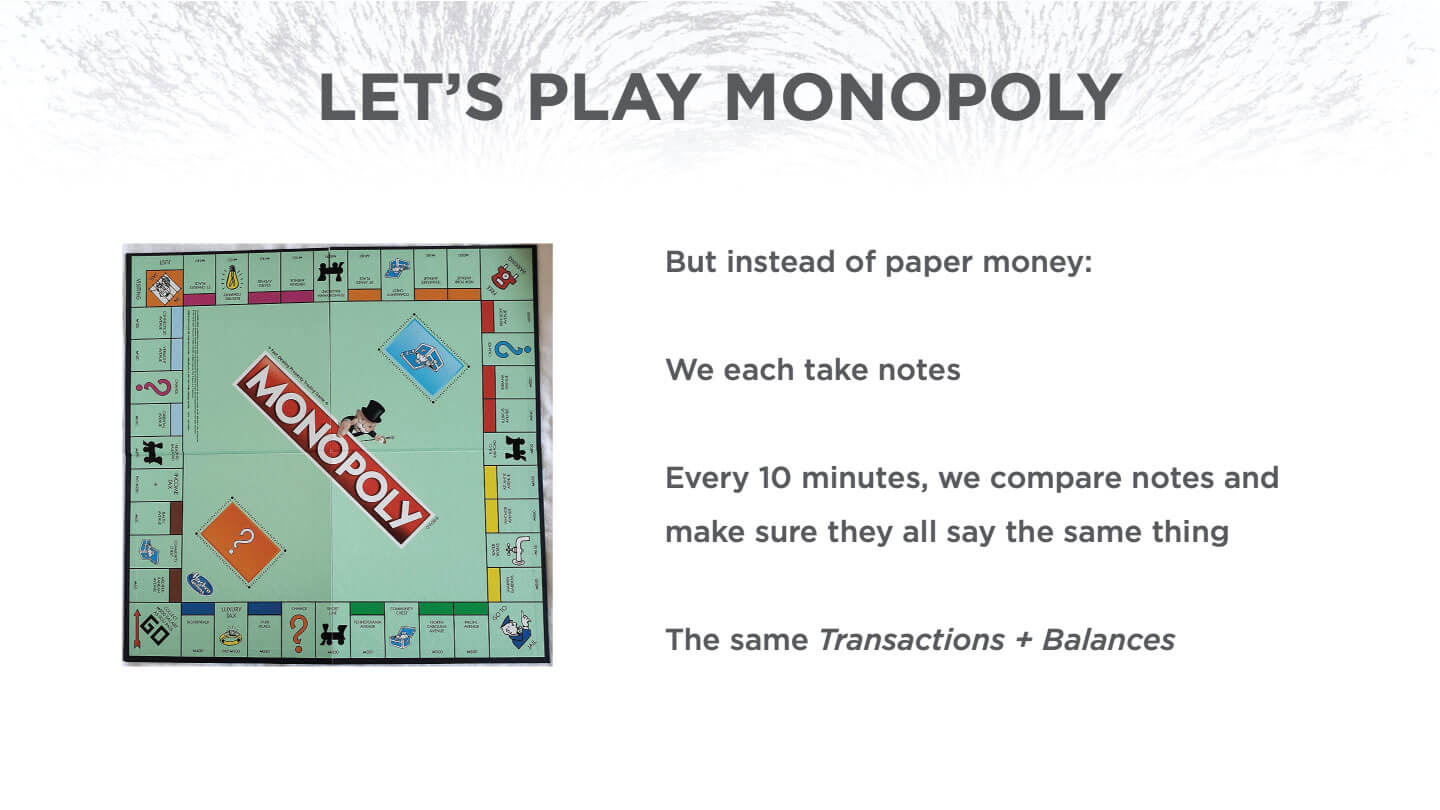
After playing for a while, we decide that this is too inefficient of a process. So we code a computer to read the board as we play (bear with us) and that process is automated.
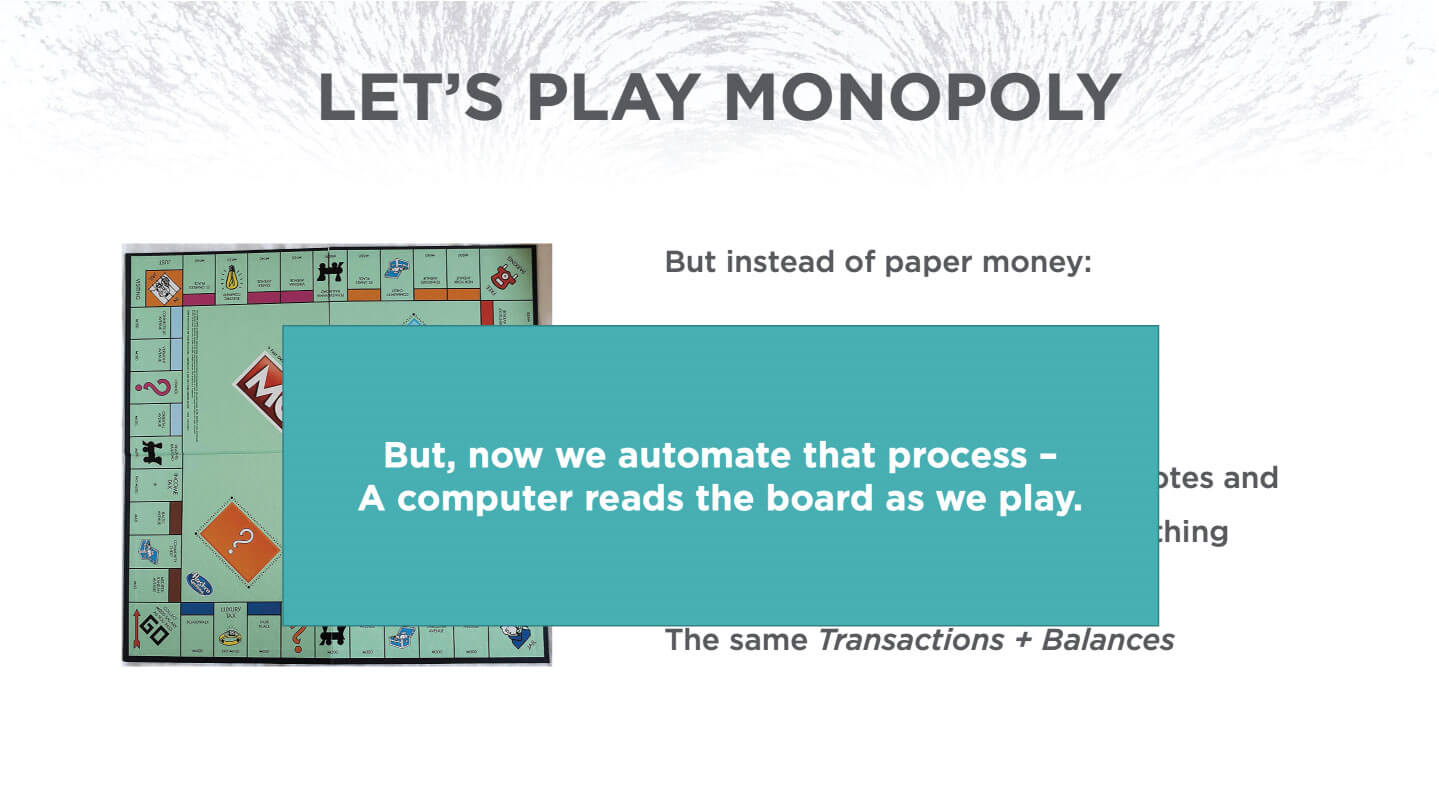
Just like that, we created a blockchain! A public, decentralized and peer-verified ledger of all transactions and balances.
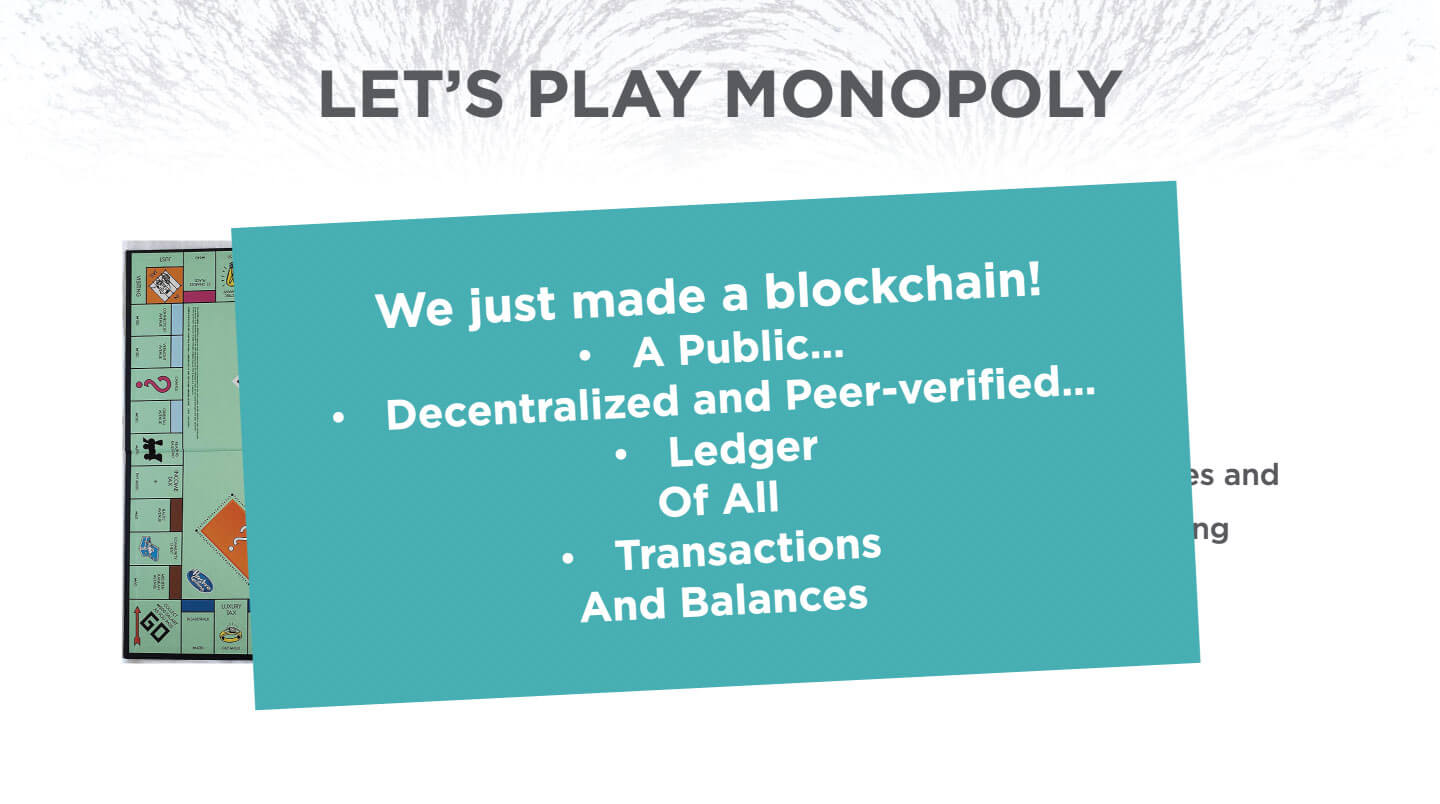
Why Are Blockchains So Revolutionary?
One of the major appeals of blockchains is they offer us control over our own data.
By removing the middle person (think Facebook, Google, Amazon) and allowing us to conduct transactions with creators directly, we don’t need to relinquish our data in exchange for goods, content, or services. Woo hoo!
Another revolutionary quality of blockchains is that they rely on users to validate the transactions (who are blind to the personal information behind the transaction).
This puts the power in the hands of the community, which fosters honesty and perpetuates the value of the blockchain.
Everyone in the community has a vested interest in preserving its value and its transparent, healthy functioning.
This structure also creates equal opportunity for competition and for hard work to be rewarded – democracy in its purest form.
Why NFTs Work for Marketing
Democracy
NFTs are equally available to anyone with an internet connection, and there are plenty of assets available for very little investment.
That said, NFTs can only be purchased with cryptocurrency. Crypto markets, because they’re unregulated, are also highly democratic.
They have the potential to give people who might live in under-developed economies where personal property is scarce the chance to acquire assets and participate in the global economy.
They also afford artists and content creators a unique opportunity to offer their creations to people directly rather than having to go through brokers, curators, or the government.
Scarcity + Engagement
There’s nothing like issuing one of something to create buzz and stimulate demand.
The Austrian Gallery Belvedere explains the draw on its NFT site for one of the most prominent pieces in its collection, Gustav Klimt’s famous work, The Kiss:
“This NFT drop goes beyond taking the chance to own a fraction of the digitalized image of The Kiss.
It is about creating a personal connection to the masterpiece. Becoming part of a community that will be written in the pages of the history of art and viewed as a pioneer in the metaverse.”
The exclusive drop is limited to 10.000 pieces and each one is a unique part of the high-resolution image of The Kiss. The cost of one NFT is estimated at 1.850 €, and each one is imprinted with the number and its distinctive coordinates.”
Oh, and they announced the exclusive drop just in time for Valentine’s Day. Brilliant, no?
Image Source: The Kiss NFT Drop
Trust + Transparency + Value Creation
NFTs offer marketers the opportunity to build a more trusting, symbiotic relationship with their customers.
Brands (think grocery stores or ethical consumer product makers) could use blockchain technology, specifically NFTs, to transparently show that something is authentic and that it came from a certain place, is sustainably sourced, or that a digital asset is truly unique.
Imagine Nike producing 500 limited NFTs that get you access to exclusive content with the Golden State Warriors.
NFTs could also be used by marketers as tickets, or membership subscriptions, or the value itself (‘here’s an exclusive online product’).
Authenticity
On blockchains, anything can be verified electronically.
If you’re a small, local winery, you could offer certificates of authenticity NFTs verifying that your grapes are grown locally, with an invitation and coupon to stop by for a tasting for your customers to discern for themselves.
Such an opportunity to deepen trust with your customers!
Security + Privacy
With blockchain technology, transactions are public, but people remain anonymous.
Think about cookies (which are on their way out) – instead of being tied to an individual, the internet could move toward tracking behavior that is not tied to the individual.
Blockchain technology could empower marketers to target based on all the things they do, but neither the marketer nor the platform know exactly who the ‘individual’ tied to that behavior is.
Ad platforms remain effective, while individual privacy is protected. Everyone wins!
Since so much of our lives play out online, the human desire to mark and capture pieces of those experiences is understandable.
So is the desire to possess something no one else has that reflects our passions or a moment in time.
While NFTs are intangible and may be fleeting (just as our physical possessions can fade or be destroyed), the urge to tether ourselves to them is natural.
To work with a team who can help you meet those very human needs by connecting your customers with your brand, give us a shout.
